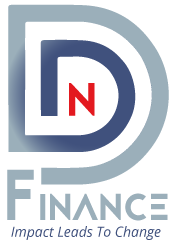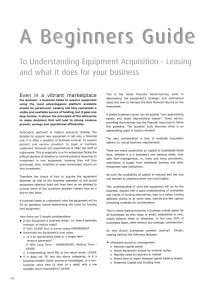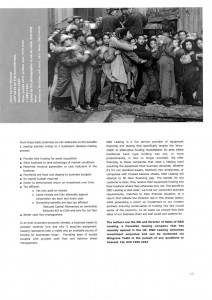Even in a vibrant marketplace the decision a business takes to acquire equipment using the most advantageous platform available should be paramount. Leasing not only represents a viable and available source of funding, but it goes one step further, it allows the principals of the enterprise to make decisions that will lead to strong revenue growth, savings and operational efficiencies.
Particularly pertinent in today’s economic climate, the decision to acquire new equipment is not only a financial one; it is often a question of business survival. To expand product and service provision to meet or maintain customers’ demands and expectations is often the stuff of nightmares. This is especially true for enterprises facing the difficult decision of whether to commit precious resources to investment in new equipment, knowing they will face protracted, slow, indefinite or even nonexistent returns on that investment.
Therefore the choice of how to acquire the equipment becomes as vital to the business operation as the actual equipment select on itself and from here on we attempt to unravel some of the questions decision makers face on a day-to-day basis.
A business needs to understand what the equipment will do for its operation before determining the route for funding that equipment.
Here there are 3 simple considerations:
- Is the Equipment a business driver: i.e. does it generate revenue, or reduce costs?
IF YES: LEASE and in some cases OWNERSHIP - Determine the Equipment’s true value;
- Is it an appreciating asset or a longer term revenue generator?
IF YES: Long Term – OWNERSHIP, Medium Term – LEASE - A depreciating, short life, or low return asset: LEASE
- Is it an appreciating asset or a longer term revenue generator?
- If it does not ‘fit’ into the above categories; is it a business enabler (tools, service or knowledge), or a non-business value item (a chair or a desk) with a low tangible return expectation? LEASE



